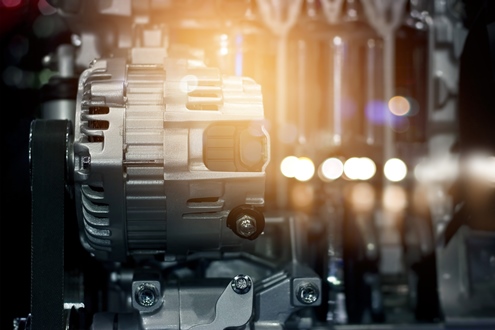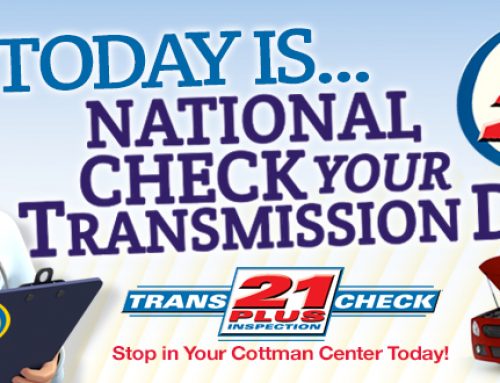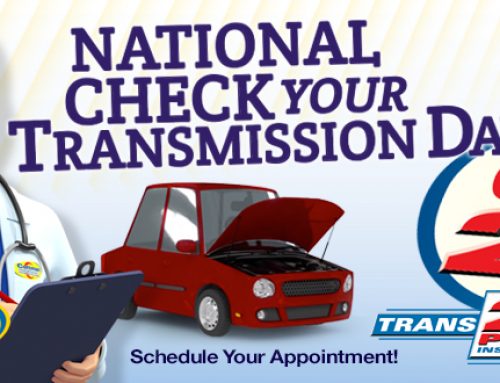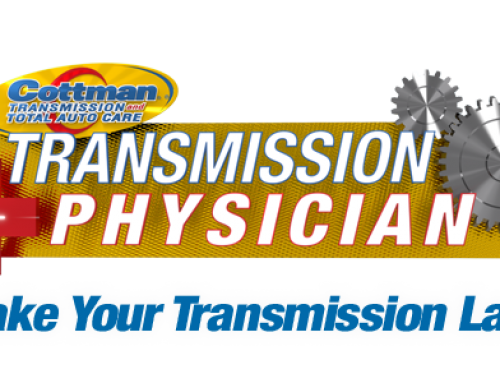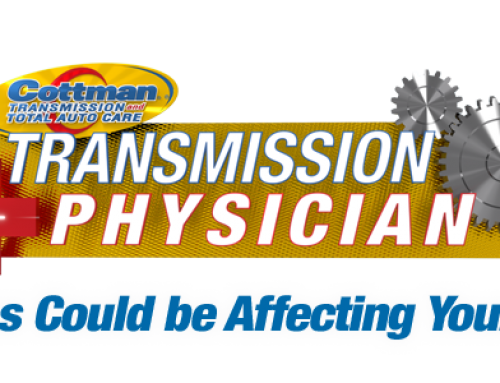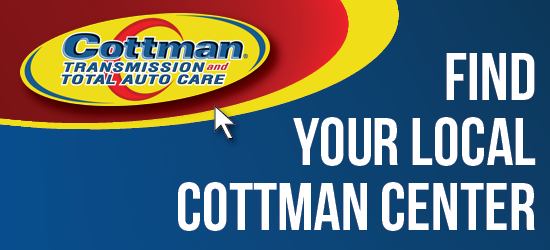These days, looking for a car almost requires a degree in advanced automotive technology. Antilock brakes… traction control… Bluetooth… drive-by-wire… and the list goes on and on.
One of the more common choices today is transmission type. Not just the choice between manual and automatic; that one’s easy. No, today we have a new type of automatic transmission: the Continuously Variable Transmission, or CVT. So what exactly is a CVT, and how do you know whether it’s something you want, or would be better off avoiding? Let’s take a brief look at each one, and then we’ll discuss how the difference affects you.
Both the traditional automatic transmission and the CVT alter the gear ratios between the engine and the drive wheels. This allows them to provide higher power at low speeds, and then reduce power and load on the engine at higher speeds. The automatic transmission does this through a series of clutches and gears. The clutches apply or release different components in the transmission, creating different gear ratios. That’s what you feel when your automatic transmission shifts.
The CVT is actually a simpler design: It uses two, variable-width pulleys with a special belt running between them. As one pulley opens, the other closes. This keeps the belt tight, while allowing it to move in and out in the pulleys. As the belts changes its position in relation to the center of the pulley, it alters the ratio the CVT creates — just like with the earlier automatic transmission. The difference is the CVT’s change is smooth, instead of having specific gear ranges.
That makes the car feel different as you drive. Cars with a CVT no longer shift gears: Instead, you feel the engine RPM rise as you accelerate from a stop. Then the RPM stops rising and remains fairly constant, but the car continues to accelerate. It’s a little disconcerting the first time you drive one, but you’ll get used to it pretty quickly.
The bigger issue is durability. Since CVTs generally aren’t as strong as a traditional automatic transmission, they aren’t usually offered in larger, more powerful cars or trucks.
But, if your CVT-equipped car starts having transmission problems, you don’t need to worry. The technicians at your local Cottman center are well versed in diagnosing and repairing all types of transmissions… including CVTs. Give them a call or drop by: They’ll be happy to answer any questions you have or check out any problems you’re experiencing.

